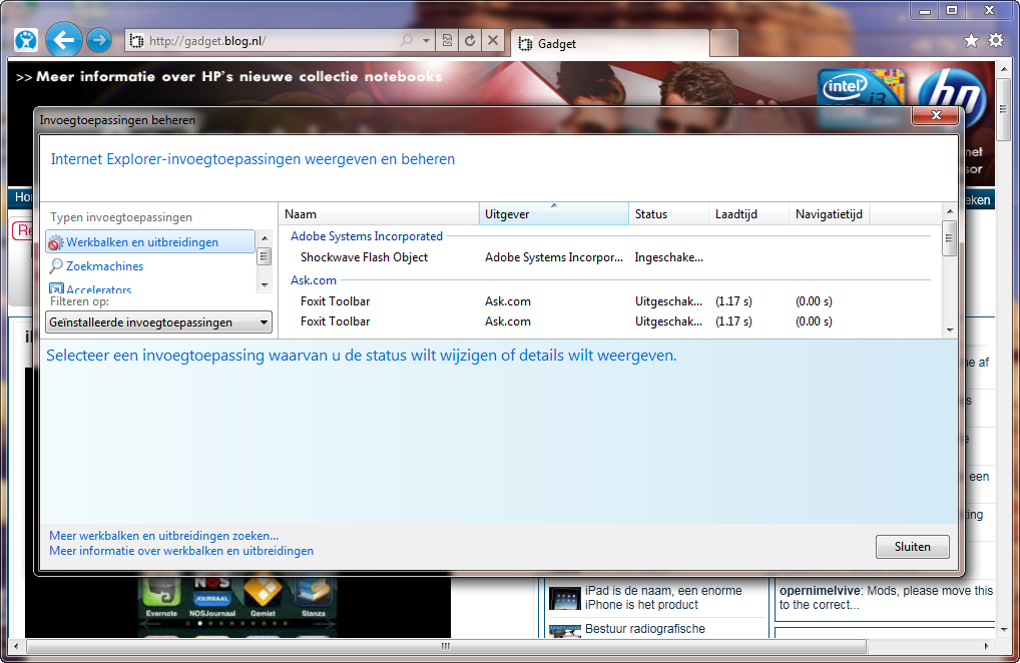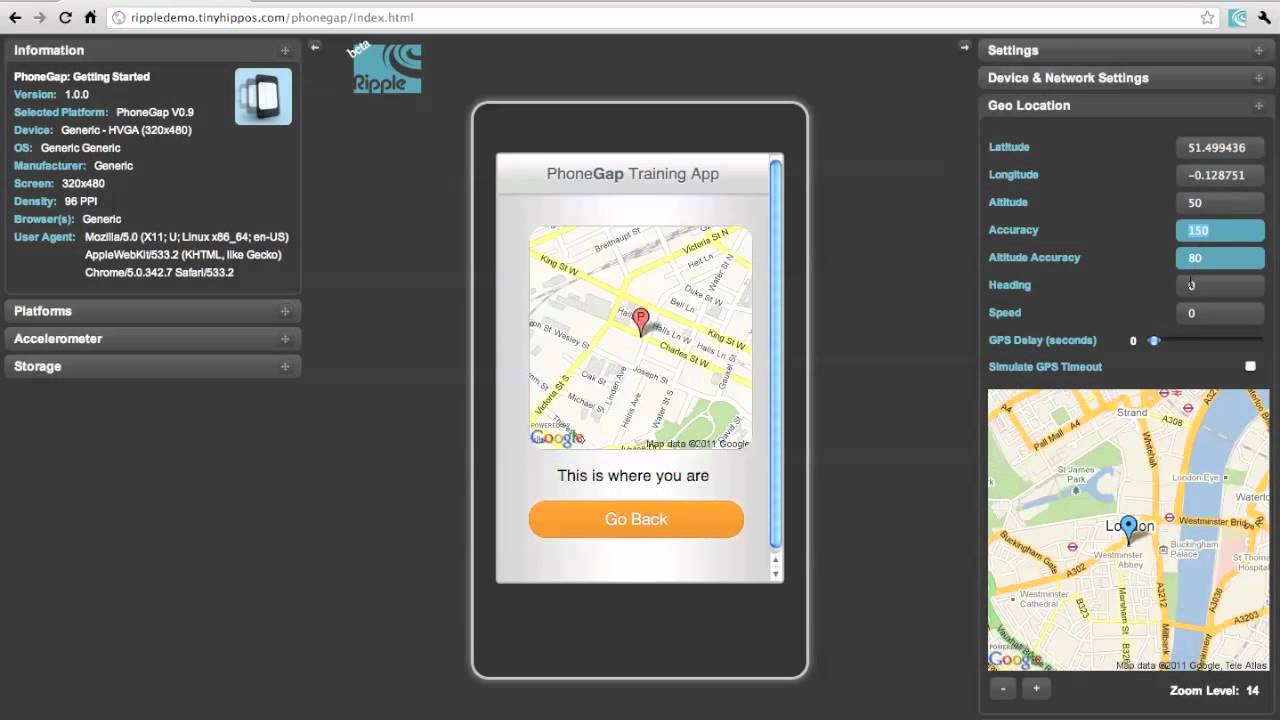

Select the device of your choice and click on the green play button. It will show a list of installed virtual devices.On welcome screen -> click on `More Actions` -> select `Virtual Device Manager`.Launch Android Studio and you will see a welcome screen.By default, Android Studio usually creates an emulated device.If you are only using the Android Studio to run the emulator feel free to leave all the default settings.To install, simply drag the Android Studio to your Application folder.Go to and download the latest version of Android Studio for your system (choose between Intel or Apple Silicon).Now let’s explore Android Studio’s Emulator: Now you can proceed with your development journey. From the dropdown menu -> hover over `Simulator` -> It will show you all the websites open in your simulated device.In the Safari browser(pc), click on `Develop` option from the menu bar.Open the site you want to inspect in the simulated device.Using Safari browser to inspect pages running in simulated device.Check mark `Show develop menu in the menu bar` option.Go to preferences (press `command` + ` ,` keys ).Preparing Safari browser for debugging:.Hover over `Options` -> select `Keep in dock`.Right click on Simulator icon in the dock.Tip: You might want to keep simulator in the dock for faster access: You are done launching a simulated device of your choice for testing. You can select your desired device by right clicking on the Simulator icon in the dock -> hover over `Device` -> choose OS -> select device.Right click on XCode in the dock -> hover to `open developer tools` -> select `Simulator`.Launch XCode – you will see a welcome screen, as shown below,.


A number of testing approaches offer varying levels of confidence. Developers must ensure a site renders properly on different devices during the website development process.


 0 kommentar(er)
0 kommentar(er)
